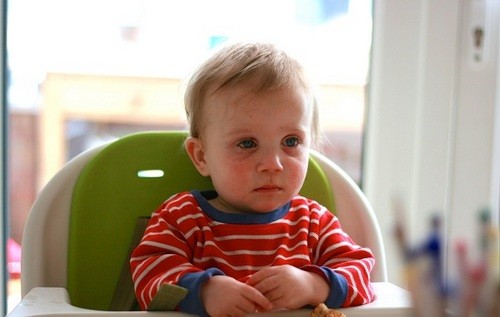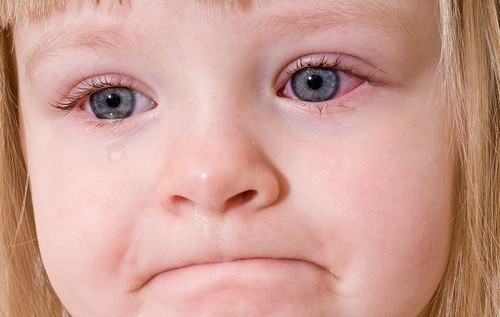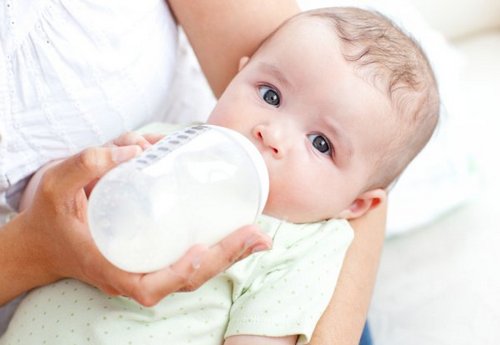Conjunctivitis is an inflammatory process on the mucous membrane of the eye that develops due to infection with viruses or bacteria.
Sometimes this pathology is a consequence of allergic reactions of the body to various stimuli. Depending on the causative agent of the disease, there are quite a few types of pathology. However, the manifestations of all types of the disease are similar – redness of the eyes, the appearance of secretions and uncomfortable sensations.
To prevent the development of serious complications, you must immediately consult a doctor. The treatment of conjunctivitis in children must necessarily be comprehensive and take into account the cause of the disease.
Types of conjunctivitis in children
Depending on the factor that led to the appearance of the pathology, several types are distinguished:
- Viral conjunctivitis – is considered the most common and, as a rule, is a consequence of adenovirus.
- Bacterial conjunctivitis.
- Chlamydial conjunctivitis.
- Toxic conjunctivitis.
- Allergic conjunctivitis.
Inflammation can take various forms. Depending on this, these types of conjunctivitis are distinguished:
- acute – in this case, symptoms appear suddenly;
- chronic – the disease is the result of prolonged irritation of the conjunctiva;
- subacute;
- recurrent.
In addition, there are several forms of this disease:
- Catarrhal. This form of the disease is considered the most common and mild of all. Catarrhal conjunctivitis in children lasts 5-7 days, and after two weeks the child is fully recovering.
- Filmy. This form is much less common and manifests itself in the form of a film, which is easily managed with a cotton swab.
- Follicular. For this type of pathology, the appearance of vesicles on the conjunctiva of the cartilage is characteristic. There are quite a lot of them – often the follicles cover the entire loose shell of the eyelid.

Bacterial conjunctivitis
Staphylococci, gonococci, pneumococci, chlamydia lead to the development of this form of the disease. Usually a child becomes infected when he rubs his eyes with dirty hands, while pathogenic bacteria can be on the shell of the eye.
Purulent conjunctivitis in children is accompanied by such symptoms:
- pronounced edema of the lower eyelid;
- the appearance of purulent discharge;
- hyperemia of the eyes;
- bonding of the eyelids;
- lacrimation
- photophobia;
- eye damage one by one.
Bacterial conjunctivitis is most often diagnosed in newborns, especially if hygiene rules are violated. Also, congenital violation of the lacrimal ducts can lead to this disease.
Viral conjunctivitis
This form of the disease develops against the background of flu or other viral infections. The virus that infected the baby’s body leads to an inflammatory process. Infectious conjunctivitis in children is characterized by the following symptoms:
- infection of one eye, and after a short time – the second;
- profuse lacrimation;
- redness of the eyes;
- the formation of purulent exudate – observed if a bacterial infection joins the viral infection.
Quite often diagnosed with adenoviral conjunctivitis in children. It has an acute infectious nature and is accompanied by the following manifestations:
- headache;
- feeling of weakness;
- runny nose
- sore throat;
- cough;
- temperature increase;
- chills.
After these symptoms, the mucous membrane of the eye becomes inflamed, which leads to the appearance of pathology. In children, this disease is easier than in adults, and visual acuity does not decrease.

Allergic conjunctivitis
Allergic conjunctivitis in children is a reaction of the eyes to external stimuli. These include animal hair, household dust, drugs, plant pollen, household chemicals. In this case, two eyes become inflamed at once. The main symptoms of this form of the disease include:
- lacrimation
- redness of the eyes;
- swelling of the lower eyelids;
- sensation of itching.
Chronic conjunctivitis in children
This form of the disease is characterized by a gradual onset, which is accompanied by unpleasant sensations. The main manifestations of the chronic process include:
- heaviness of the eyelids;
- burning and “sand” in the eyes;
- tingling eyes;
- increased signs of the disease in the evening.
The chronic form of the pathology is characterized by minor changes in the conjunctiva – slight redness, discharge, clouding, and roughness may appear. Periodically, such a course is replaced by periods of exacerbations.
Treatment methods
How to treat conjunctivitis in children? First of all, a child who has contracted bacterial or viral conjunctivitis should be isolated from other children. The method of therapy should be chosen by an ophthalmologist or pediatrician, and for this it is important to establish the cause of the disease. Do not glue or blindfold, as this will create conditions for the development of pathogenic microorganisms.
Eyes can be treated with a solution of furatsilina, boric acid or chamomile infusion. The procedure should be performed 4-8 times a day, moving from the outer corner of the eye to the inner. Treatment of conjunctivitis in children should be carried out with the use of eye drops and applications from ointments. Drugs are selected depending on the origin of the disease.
Treatment of bacterial conjunctivitis in children is carried out with the use of antibacterial drugs.
These include:
- drops with chloramphenicol;
- fusidic acid;
- tetracycline ointment;
- erythromycin ointment;
- ofloxacin ointment.
The specific drug for the treatment of purulent conjunctivitis in children should be chosen by the attending physician. The drug needs to process both eyes.
It is believed that viral conjunctivitis in children does not require treatment, since it passes on its own. Do not let the course of the disease drift, because it can cause dangerous complications.
In this case, drops for the treatment of conjunctivitis in children should contain interferon. Apply actipol, ophthalmerone, half-dan. Special ointments – florenal or bonafton can also be used. Treatment of adenoviral conjunctivitis in children is carried out using similar drugs. Before using medicines, it is recommended to rinse the child’s eyes with infusion of chamomile, sage or boiled water.
To eliminate a disease of an allergic nature, it is necessary to identify the factors that provoke its appearance. To do this, it is recommended to take tests and try to eliminate the cause of the allergy. Drops for children with conjunctivitis of an allergic origin should have an antihistamine effect.
In addition, the symptomatic treatment of allergic conjunctivitis in children is carried out using the following drugs:
- hormonal ointments for the eyes;
- antihistamines;
- anti-inflammatory drugs;
- cool lotions for the eyes.
Prevention of conjunctivitis in children involves careful observance of the rules of personal hygiene, processing of all care items, isolation of sick children, increasing the body’s immunity, and disinfection of the room.
Duration of conjunctivitis treatment
With adequate and timely treatment, the acute process can be cured in 4-5 days. It may take 4 to 5 weeks to eliminate the symptoms of the chronic form of the disease.
Do not let the disease on its own, even if it is mild. Running conjunctivitis can cause the development of serious complications that can lead to visual impairment.
Treatment of conjunctivitis in newborns
The treatment of conjunctivitis in infants is much more complicated than in older patients. This is due to the fact that it is much more difficult for them to bury their eyes or lay an ointment. How to cure conjunctivitis in a child in this case?
- Tampons are recommended to be made from gauze, as cotton pads can leave fibers in the eyes, which will only increase inflammation.
- Each eye must be treated with a separate swab.
- Wipe your eyes from the inside to the outside.
- A closed baby can be instilled into an infant, and then the lower eyelid can be pulled with your fingers – this will help the medicine get inside.
Conjunctivitis is a fairly serious illness that can cause dangerous complications. Particular care must be taken in case a child falls ill. It is very important to consult a doctor when the first symptoms of inflammation appear – due to timely treatment, negative health consequences can be avoided.



